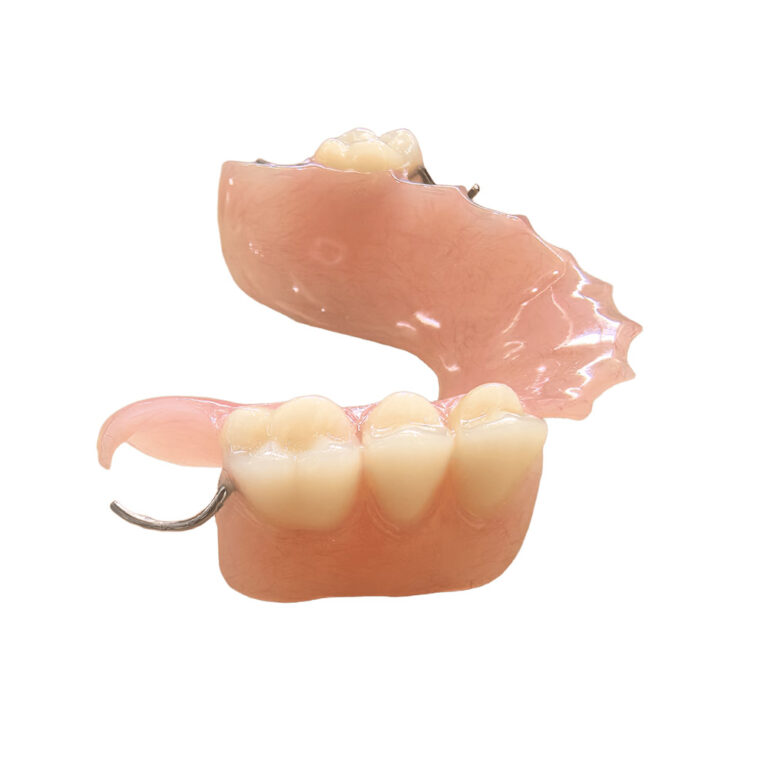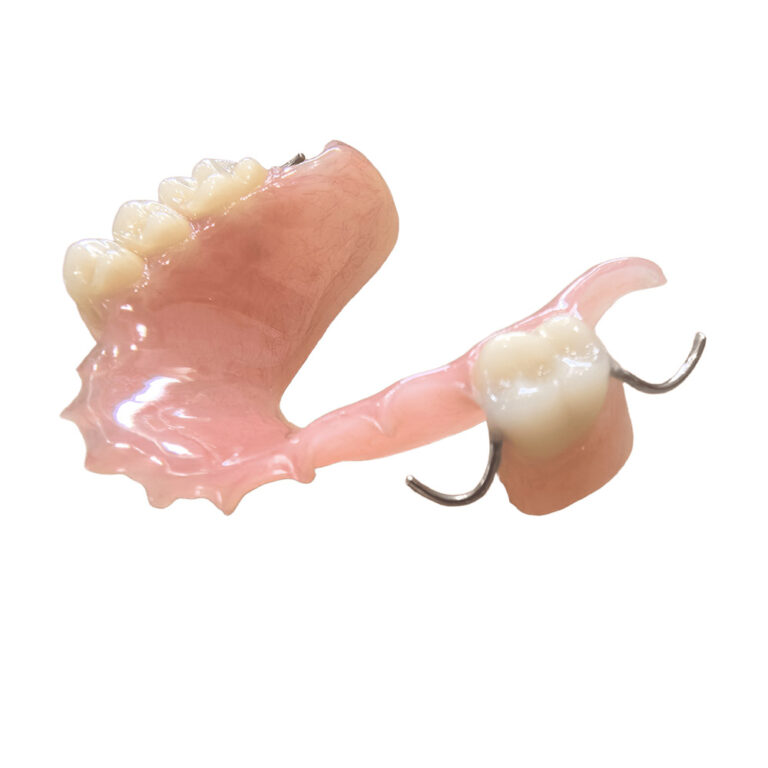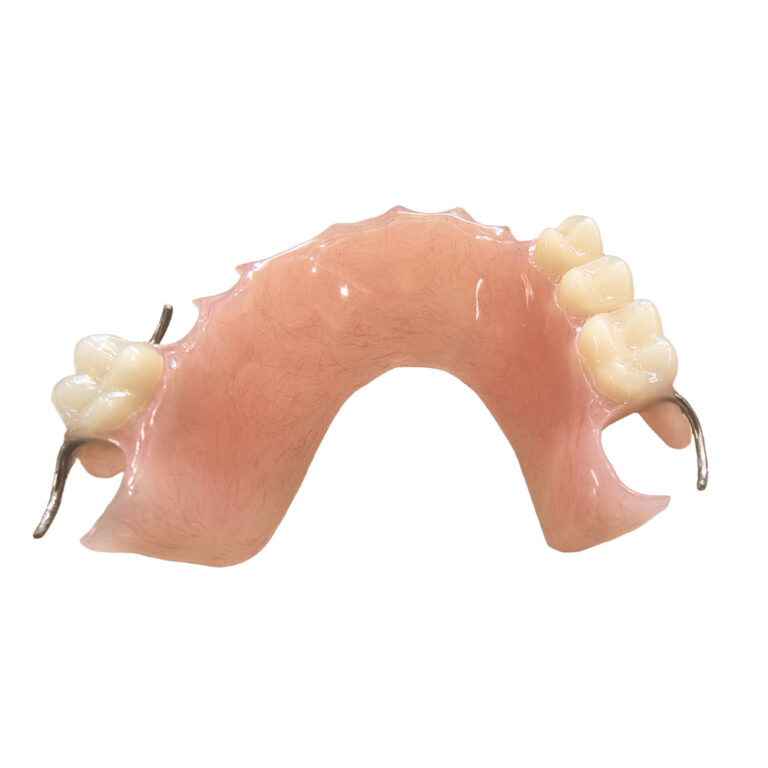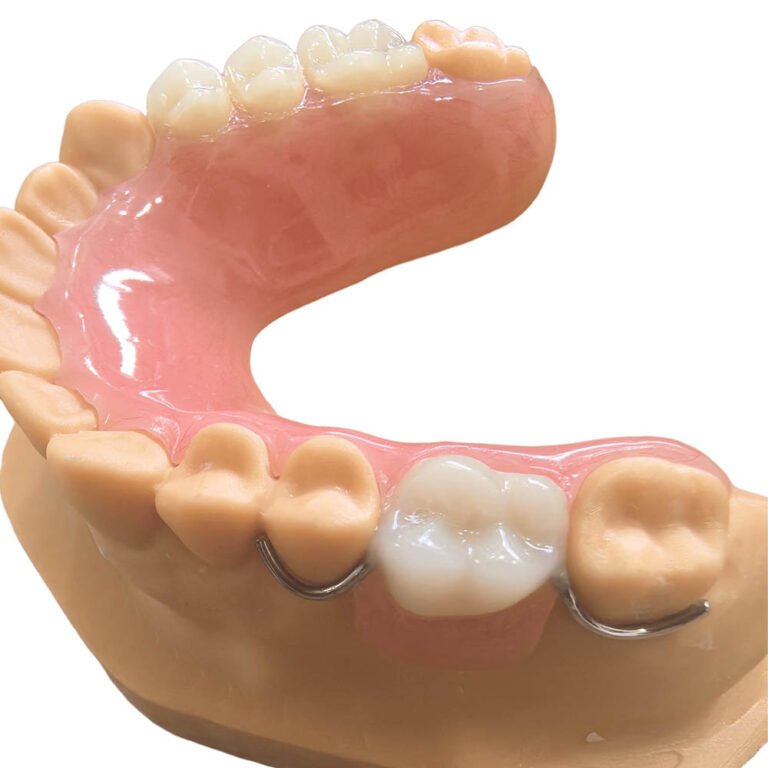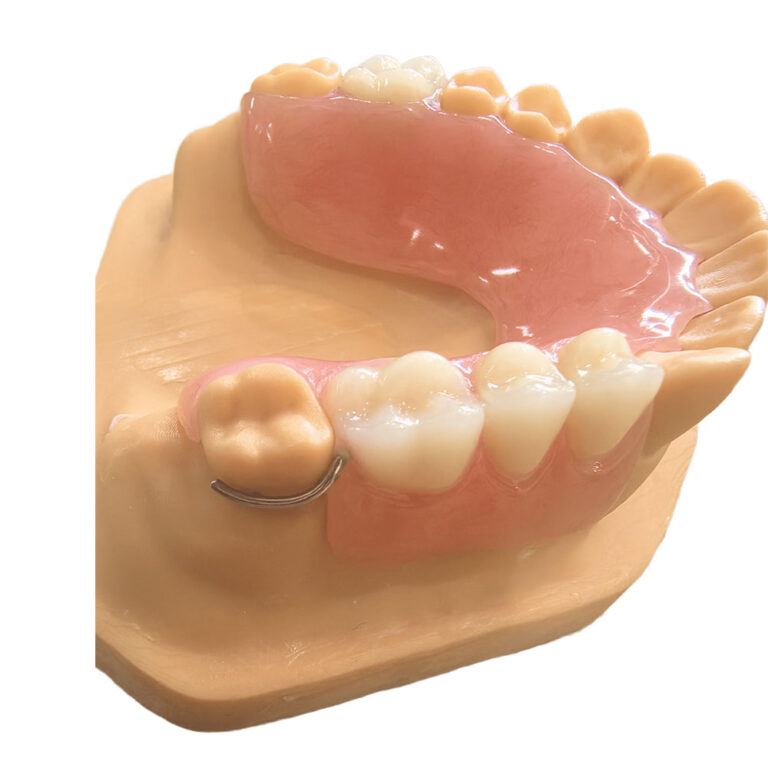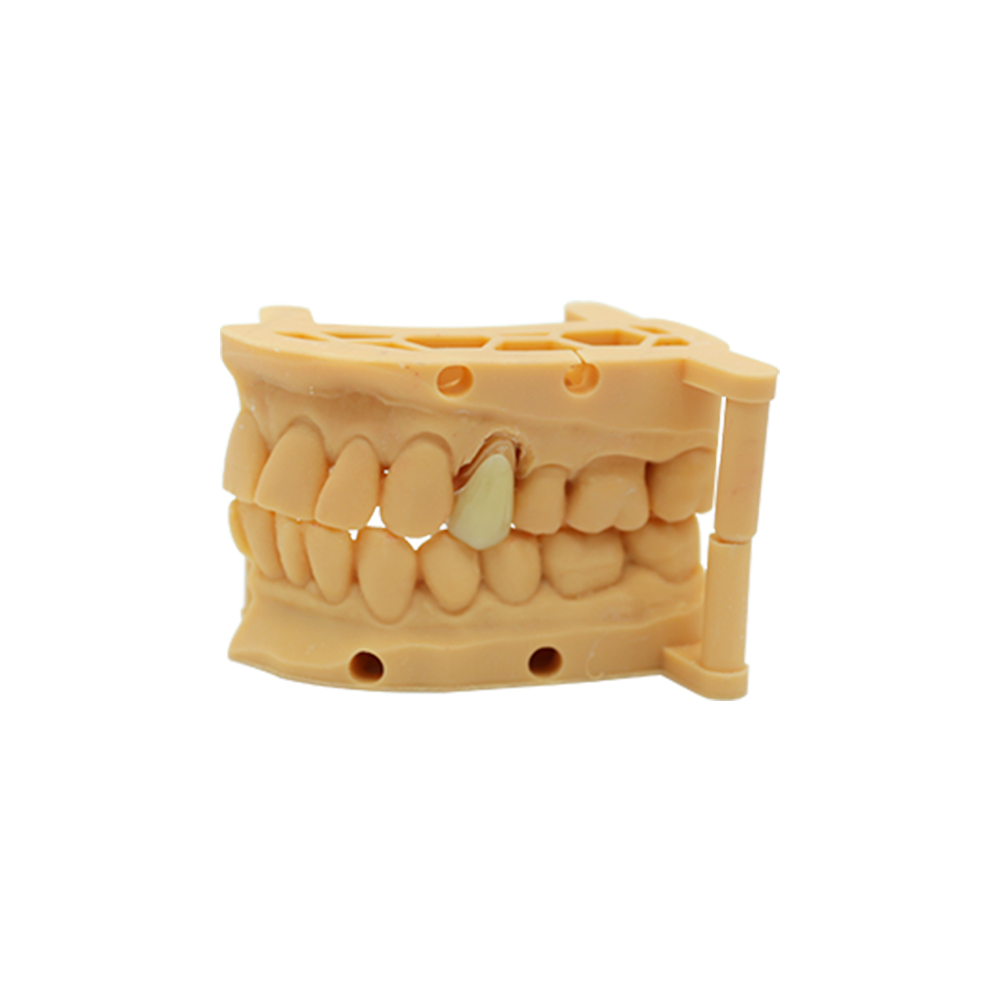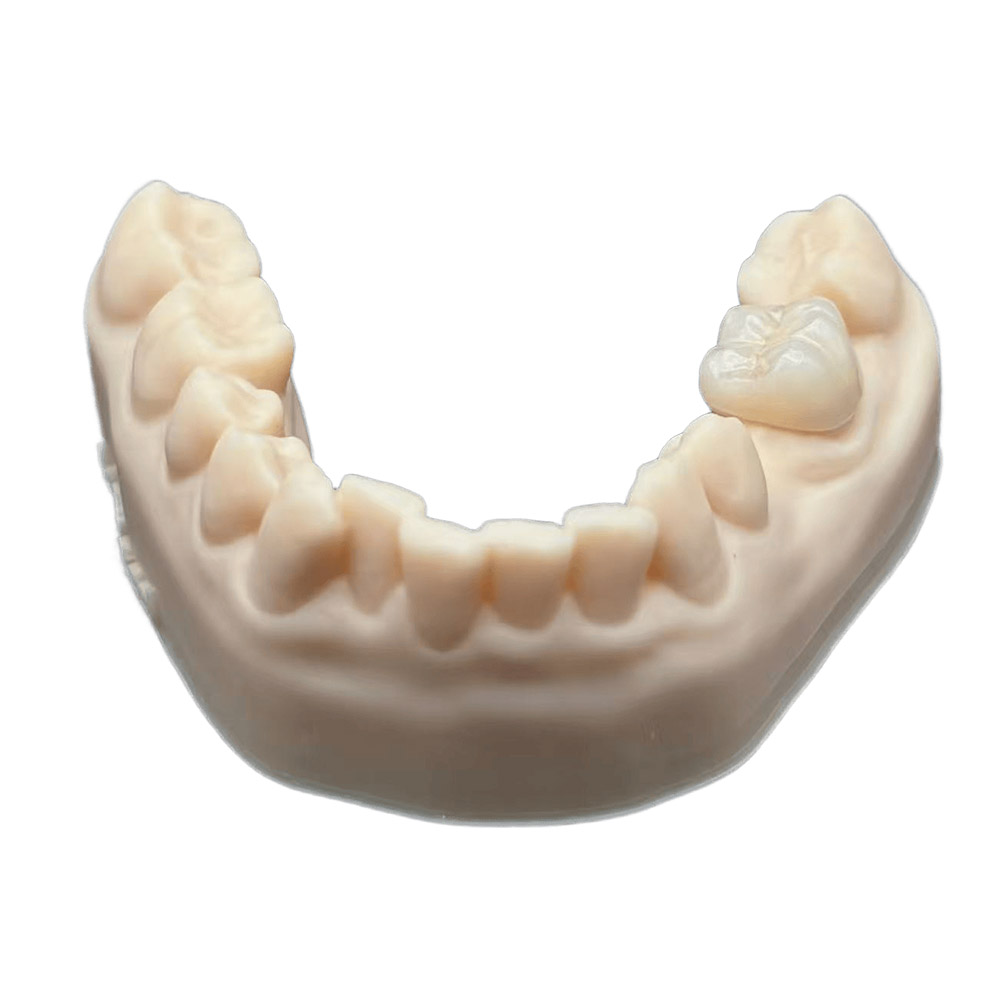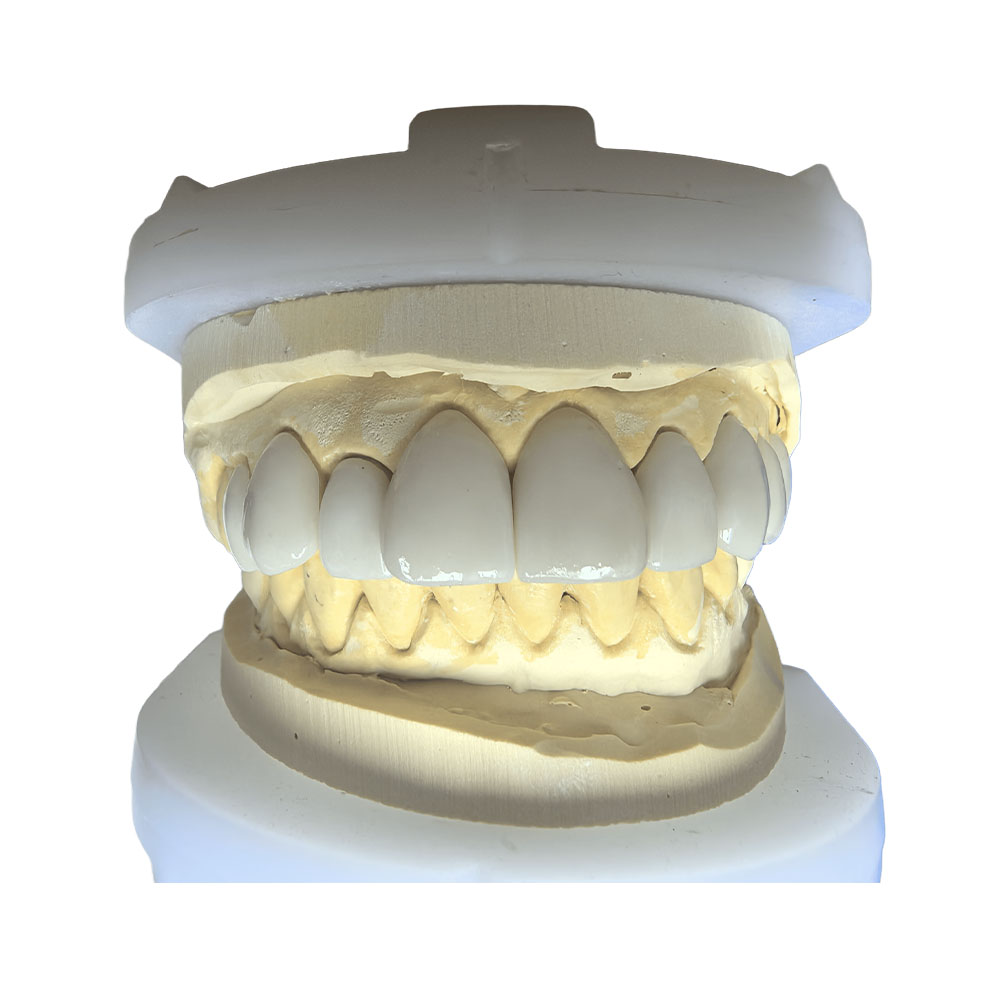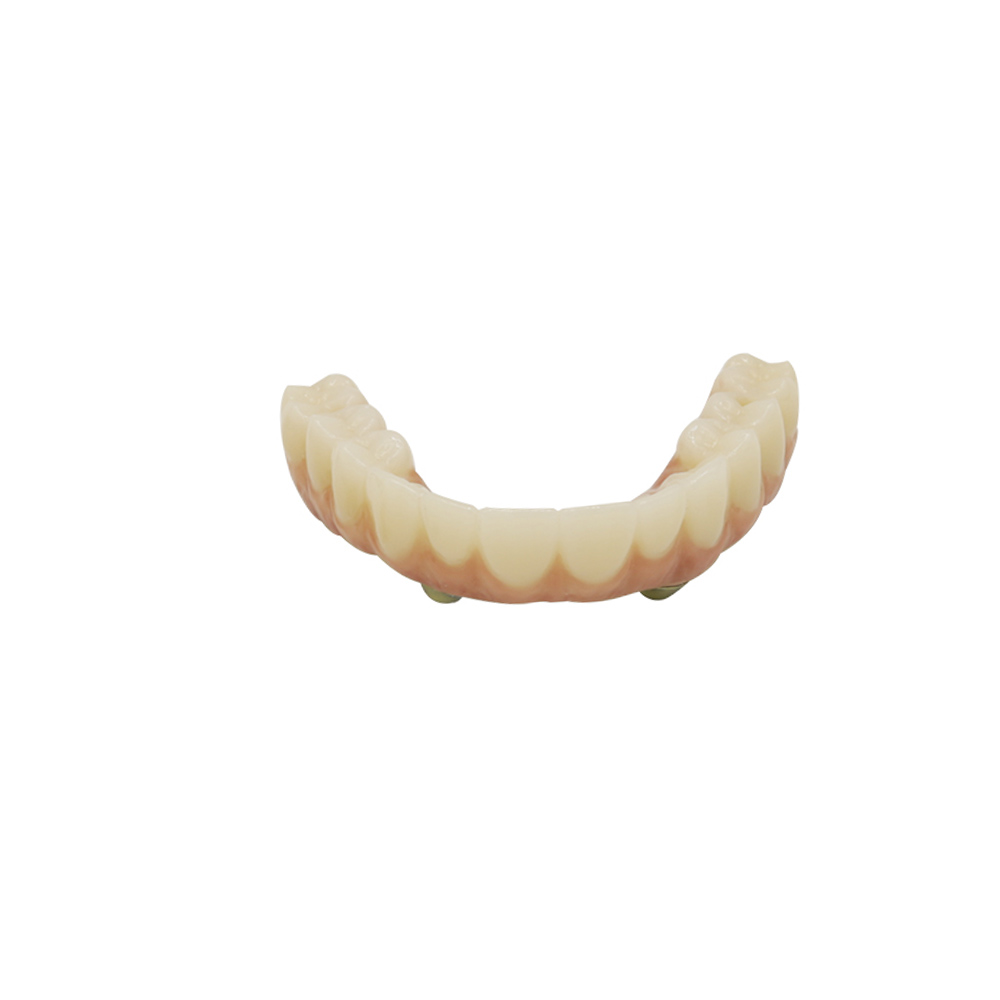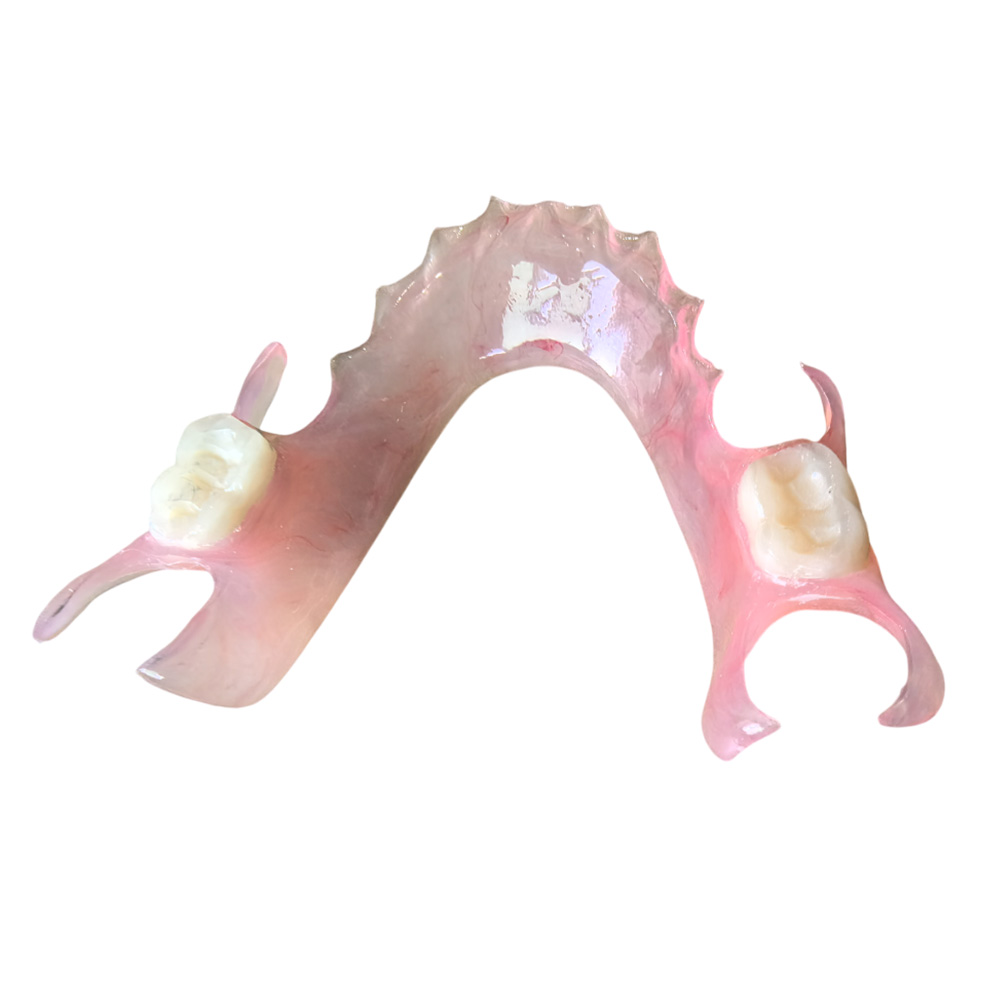
Removable Dental Acrylic Partial Denture
Your Skilled Partner for Great Removable Dental Acrylic Partial Dentures
Hello, dentists and dental staff. Your office needs a partner you can count on. You need a dental lab that gives you great products when you need them. We are that partner.
From Istar Dental Lab: As one of the world’s top five dental labs, we promise to give our valued partners—dentists, dental clinics, hospitals, and other dental labs—the latest information and the best artificial teeth options. We focus on making the best removable dental prosthesis for your patients.
Removable Dental Acrylic Partial Dentures are tools made to replace one or more missing teeth and the nearby parts of the mouth in a partially edentulous arch. Made mostly from polymethyl methacrylate (PMMA) resin, these dentures are a basic type of treatment in prosthodontics. They are a simple and affordable choice for helping with chewing and looks.
Why Choose Our Acrylic Partial Denture?
Choosing a lab partner is a big decision. We work hard to be the best choice for you. We offer more than just a product; we offer a partnership built on quality and trust. We use simple and clear words to make our information easy to understand.
Here are the reasons to trust us with your acrylic dentures needs:
- Great Materials: We use the best materials like Lucitone 199 and high-impact acrylic denture resin. This means our dentures are strong and look great.
- Skilled Work: Our team of skilled Dental Laboratory Technicians has been doing this for years. Each acrylic partial denture is made with care.
- Happy Patients: A good all-acrylic partial needs fewer changes and makes patients happier. This saves you time in the chair.
- Full Support: We are here to help. We help your office from the first plan to the final fitting.
Our Top Acrylic Removable Partial Denture: Features
We make each standard acrylic denture to meet the highest standards. We pay close attention to the details. Here is what makes our product special:
| Feature | Description | Benefit for Your Patient |
| Base Material | We use high-quality Polymethyl methacrylate (PMMA), also known as acrylic resin. The base is colored to look like real gum tissue. | Looks natural and feels comfortable. It is also a good non-metal partial denture option. |
| Clasps | Our wrought wire clasp partial uses gentle clasps. They hold the denture in place without hurting the other teeth (abutment teeth). | The denture stays in place while eating and talking. This helps when getting used to a new partial. |
| Fit and Finish | Each denture is custom-made. We use a precise bite registration for dentures and dental impressions for partials to make sure it fits perfectly on the edentulous ridge. | Less need for a partial denture adjustment. This means fewer sore spots and less sore gums from the partial. |
A Full Range of Removable Fake Teeth Solutions
We know that every patient is different. That is why we offer many types of partials. We can help you choose the best option for each case. We can talk about the good and bad points of acrylic partials versus other types.
Our Product List Includes:
- Temporary Partial Denture: Also known as a flipper denture or acrylic flipper. Great for use as an immediate partial denture after a tooth is removed.
- Single Tooth Flipper: A simple fix for one missing tooth.
- Nesbit Partial Denture: Used to replace one or two back teeth.
- Upper Partial Denture and Lower Partial Denture: We make custom designs for both jaws (Maxilla and Mandible).
- Hypoallergenic Acrylic Denture: For patients who may have an allergic reaction to acrylic dentures.
When to Use Them and What to Expect
Removable Dental Acrylic Partial Dentures are a good choice for patients with partial edentulism who are looking for a way to replace teeth that works well and looks good. They are especially useful when getting permanent fake teeth or implants isn’t possible due to cost, general health problems, or the shape of their mouth.
Good Times to Use Them:
- Good for a Budget: The main choice for patients with less money to spend.
- Temporary Solution: Often used as a temporary fix before a final treatment (like implants) or while healing.
- For Growing Patients: Good for younger patients whose jaws are still growing.
- When Nearby Teeth Are Weak: Used when the remaining teeth can’t support a fixed fake tooth.
- When There Is a Lot of Bone Loss: Used when there is too much alveolar ridge resorption to place an implant without a lot of grafting.
- If the Patient Prefers It: For those who want a removable option or are worried about surgery.
When Not to Use Them:
- Not Keeping the Mouth Clean: Higher risk of plaque buildup and sore gums.
- Uncontrolled Periodontal Disease: Can make current problems worse.
- If a Patient Gags Easily: The patient may not be able to handle it.
- If the Patient Won’t Follow Instructions: When they can’t keep it clean or follow directions.
- If the Gum Ridge Shape is Difficult: When extreme undercuts or flat ridges mean the denture won’t stay in place.
Materials and How We Make Them
At Istar Dental Lab, we use both old, proven methods and new digital ways of working to make sure everything is top quality and exact. Our spending on new technology like additive manufacturing and our constant study of materials lets us make dentures with a better fit, longer life, and great look.
Chemical Makeup and Physical Qualities:
The quality of removable acrylic partial dentures is directly connected to the acrylic resins used and how carefully they are made. Polymethyl methacrylate (PMMA) is still the best choice, mostly because it’s safe for the body, looks good, and is easy to work with. PMMA resins usually come as a powder (polymer) and a liquid (monomer, mostly methyl methacrylate). The hardening process, started by heat or chemical activators, forms a hard, shapeless plastic. The main difference is between heat-cured (HC) and auto-polymerizing (AP) resins:
- Heat-Cured (HC) Resins: These resins harden under controlled heat and pressure. This process leads to a more complete hardening, less leftover liquid (usually <0.5% vs. 2–4% in AP), and a more even plastic structure. Because of this, HC resins show better strength and toughness:
- Flexural Strength: Always higher, usually 80–120 MPa, compared to AP resins (50–80 MPa).
- Impact Strength: 20–40% higher than AP resins in standard tests.
- Hardness: Vickers hardness values are usually from 18–22 HV (Shore D: 80–85), higher than AP resins (14–18 HV; Shore D: 70–78).
- Water Sorption and Solubility: Lower water absorption (20–25 µg/mm³) and dissolving (1.5–2.5 µg/mm³), which is important for keeping its shape and color.
- Fatigue Resistance: Lasts longer and is better at stopping cracks from starting or growing because it has fewer tiny holes and a stronger structure.
- Auto-Polymerizing (AP) Resins: These resins harden at room temperature using a chemical activator. While they are useful for quick repairs in the office, they are generally weaker and break down faster in the mouth.
Normal Lab-Making Steps:
The old way of making them has many steps:
- Impression Taking: Making a copy of the mouth’s shape.
- Master Cast Fabrication: Pouring stone models from the copies.
- Wax-Up: Designing the denture base and placing fake teeth in wax.
- Flask and Boil-Out: Putting the wax model in plaster and boiling the wax away.
- Acrylic Packing: Pressing the mixed PMMA dough into the mold.
- Curing: Hardening the acrylic, usually with a long, controlled heat cycle for HC resins (like 8 hours at 74°C then 1 hour at 100°C) to make sure it has the best qualities and very little leftover liquid. For AP resins, using a pressure pot (2–3 bar, 40°C) can make it stronger and less porous by 10–15%.
- Deflasking, Finishing, and Polishing: Taking the denture out of the mold, cutting off extra bits, and polishing it until it shines.
New Digital Methods (CAD/CAM, 3D Printing):
Digital dentistry is changing how RAPDs are made, offering better accuracy, speed, and custom fitting.
- CAD (Computer-Aided Design): Mouth scanners take digital pictures, getting rid of physical molds. Special software lets us design the denture base and teeth on a computer.
- CAM (Computer-Aided Manufacturing): The computer design is then turned into a real object by:
- 3D Printing (Additive Manufacturing): This is being chosen more often for denture bases. DLP (Digital Light Processing) and SLA (Stereolithography) technologies give more exact results and a smoother finish than FDM (Fused Deposition Modeling). DLP-printed bases, using safe resins, have very small marginal discrepancies (as low as 80–100 μm), often doing better than the old ways (usually 120–250 μm). The newest 3D-printable resins have flexural strengths (80–110 MPa) and hardness similar to normal PMMA.
- Milling (Subtractive Manufacturing): Not as common for full acrylic bases, but used for very exact parts or mixed designs.
Final Steps for Digital Methods:
These are very important for the best results, especially for 3D printed dentures:
- Post-Curing: Needed for full hardening, safety in the mouth, and keeping its shape. Not enough post-curing makes it weaker. At least 20–30 minutes of post-curing at 60–80°C is usually needed.
- Mechanical Polishing: Makes the surface smoother (Ra from 2–4 μm down to <0.5 μm), which is important for patient comfort and to keep plaque from sticking.
Our Promise of Quality and Trust
We promise to do great work. Our work meets the rules from the American Dental Association (ADA) and the American College of Prosthodontists (ACP). All materials are cleared by the Food and Drug Administration (FDA).
We know that problems like Xerostomia (Dry Mouth) or Bruxism can affect dentures. We can help you plan for these problems. Our goal is to provide a reliable acrylic removable partial denture that makes your patient’s life better.
Contact us today to learn more about our acrylic dentures and start a partnership that helps your practice grow.

